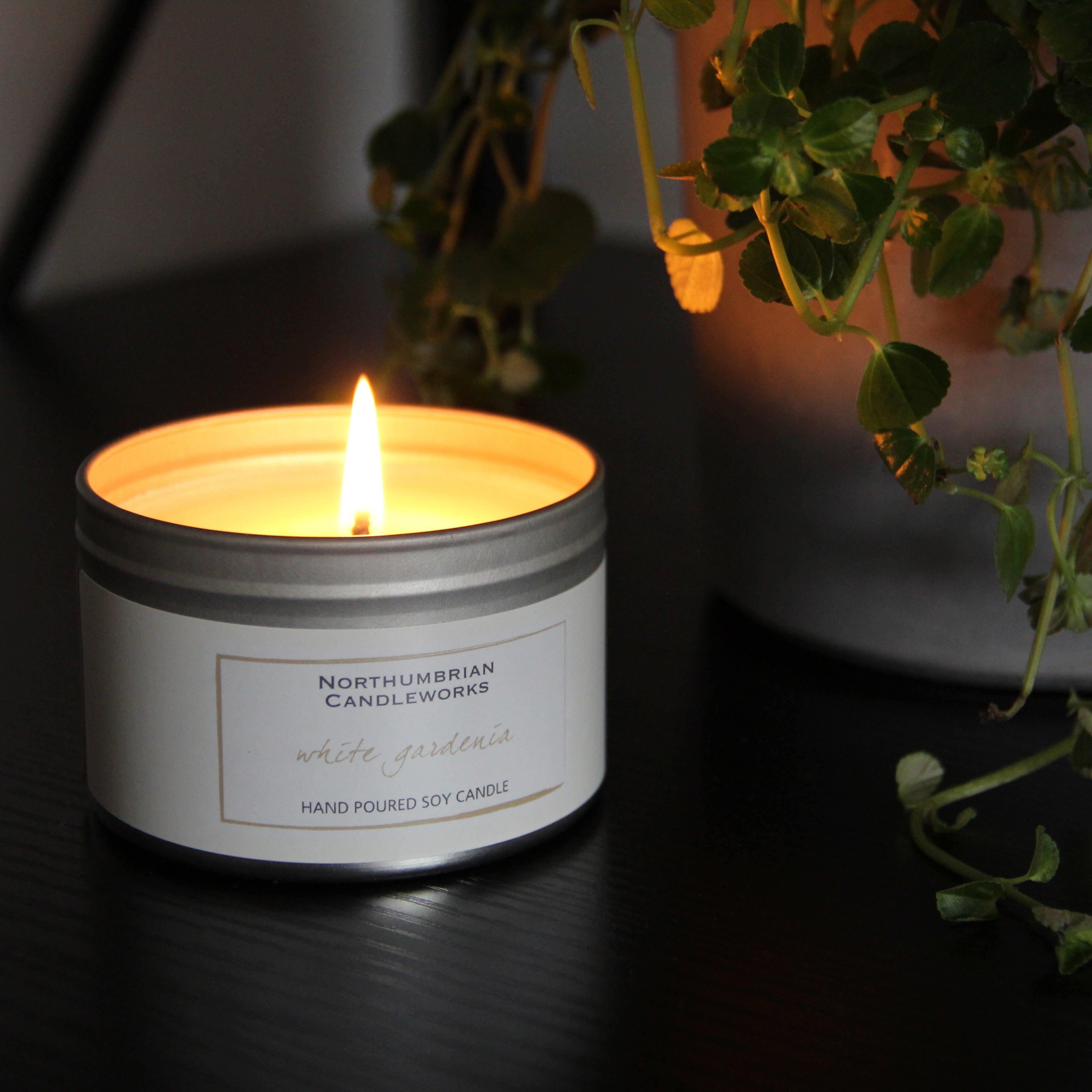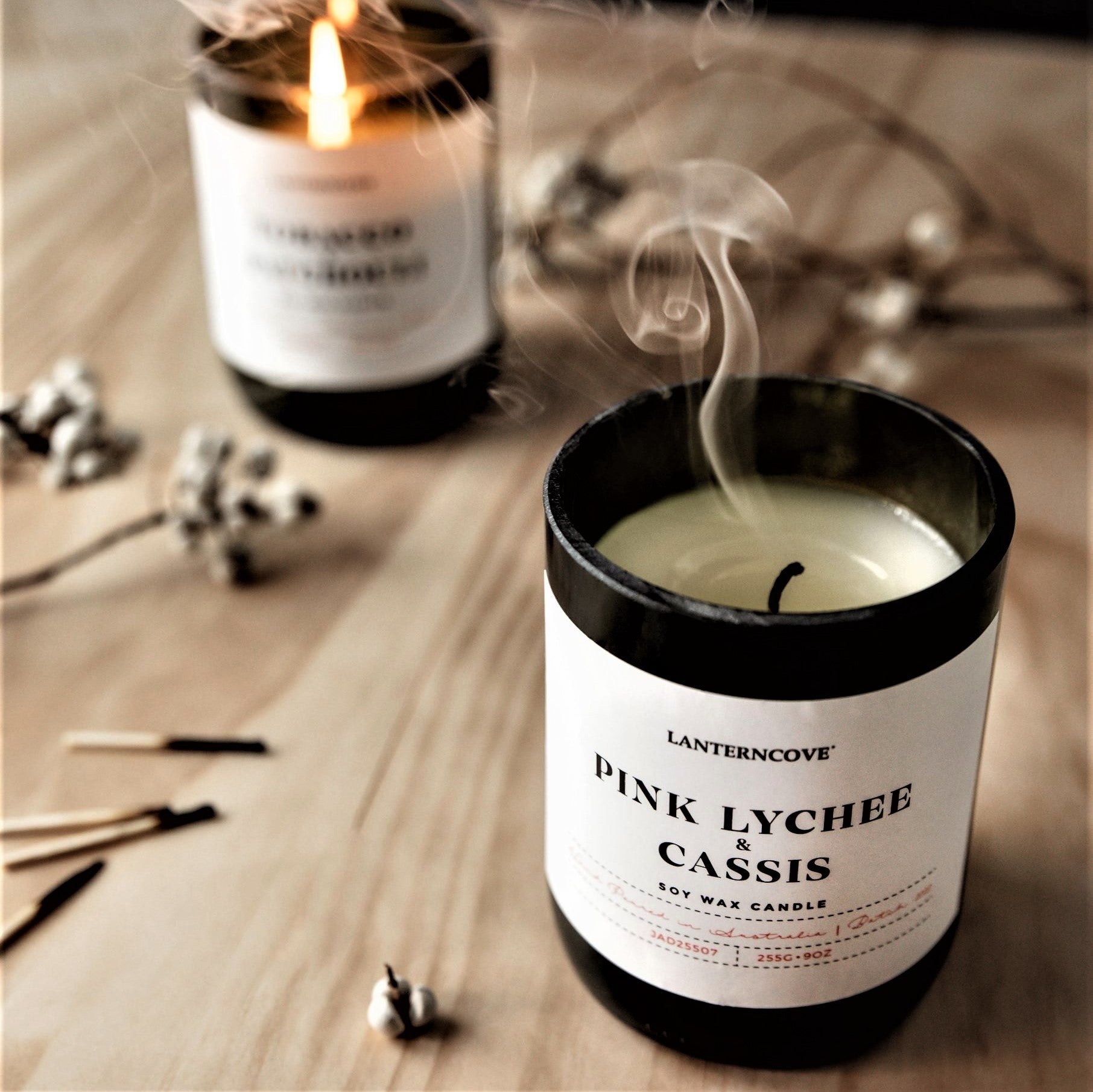Check out the Globe of Crystal Soy Candles and Home Fragrance Delights
Check out the Globe of Crystal Soy Candles and Home Fragrance Delights
Blog Article
From Wick to Wax: Understanding the Chemistry Behind Soy Wax Candles and Their Environmental Influence
As we illuminate our areas with the cozy glow of candles, there lies a world of elaborate chemistry behind the apparently easy act of lighting a soy wax candle light. Join us as we decipher the clinical intricacies behind soy wax candles and discover their implications on our environment.
Soy Wax Vs. Paraffin Wax
When comparing soy wax and paraffin wax for candle making, it is essential to understand the unique features and advantages of each product. Soy wax is a natural, eco-friendly source originated from soybean oil, making it green and naturally degradable - home fragrance. In contrast, paraffin wax is a by-product of petroleum refining, which raises problems about its environmental effect and sustainability
Soy wax candles shed cleaner and send out much less residue contrasted to paraffin wax candle lights, making them a much healthier selection for indoor air quality. Additionally, soy wax has a lower melting point, allowing for a longer-lasting candle light that disperses fragrance better. Paraffin wax, on the other hand, often tends to melt faster and much less easily, possibly launching damaging chemicals right into the air.
From a sustainability viewpoint, soy wax is preferred for its biodegradability and sustainable sourcing, aligning with the growing customer preference for eco aware products. While paraffin wax has been a traditional choice in candle light making because of its cost and convenience of use, the shift towards environmentally friendly alternatives like soy wax is gaining momentum in the sector.
Chemical Structure of Soy Wax

Burning Refine in Soy Candles
The chemical structure of soy wax directly influences the burning procedure in soy candle lights, impacting aspects such as melt time, scent launch, and ecological effect. When a soy candle is lit, the warmth from the flame melts the wax near the wick. This fluid wax is then prepared the wick as a result of capillary action. As the liquid wax reaches the flame, it evaporates and goes through combustion. The combustion process involves the vaporized hydrocarbons in the wax responding with oxygen in the air to generate warmth, light, read this water vapor, and co2.
The burning performance of soy candles is influenced by the pureness of the soy wax and the top quality of the wick. Additionally, soy wax candles have a reduced environmental influence compared to paraffin candles due to their renewable and eco-friendly nature.

Environmental Benefits of Soy Wax

Considered a sustainable option to standard paraffin wax, soy wax offers notable ecological advantages that make it a preferred option among eco-conscious consumers. One significant benefit of soy wax is its renewable sourcing. Soy wax is stemmed from soybean oil, which is mostly grown in the United States. The growing of soybeans assists support regional farmers and minimizes the dependence on non-renewable fossil gas made use of in paraffin wax manufacturing. Furthermore, soy wax is biodegradable, indicating it breaks down normally without launching unsafe contaminants right into the environment. This particular makes soy wax candles a more environmentally friendly choice compared to paraffin wax candles, which are made from oil, a non-renewable source. Additionally, soy wax burns cleaner and creates less residue than paraffin wax, contributing to much better interior air high quality and decreasing the demand for cleaning and upkeep. In general, the ecological benefits of soy wax line up with the expanding demand for lasting and eco-friendly items out there.
Recycling and Disposal Considerations
Reusing and appropriate disposal of soy wax candles play a vital duty in keeping environmental sustainability and reducing waste in houses and neighborhoods. When it comes to reusing soy wax candle lights, the very first action is to make certain that the candle light has burned completely.

In terms of disposal, if recycling is not a choice, soy wax candle lights are eco-friendly and can be securely dealt with in most home waste systems. It is constantly suggested to inspect with local reusing facilities or waste monitoring solutions for specific standards on candle disposal to make sure proper handling and ecological security.
Final Thought
Finally, the chemistry behind soy wax candle lights exposes their ecological advantages over paraffin wax candle lights. Soy wax, originated from soybean oil, burns cleaner and generates less soot when contrasted to paraffin wax. The burning procedure in soy candle lights is a lot more reliable, causing a longer and much more also burn. Furthermore, soy wax is eco-friendly and biodegradable, making it a much more lasting option for candle light production. Recycling and appropriate disposal of soy wax candle lights better contribute to their environmental impact.
When comparing soy wax and paraffin wax for candle production, Bonuses it is essential to comprehend the unique features and benefits of each material (candles).Soy wax candles burn cleaner and release much less residue contrasted to paraffin wax candle lights, making them a healthier choice for indoor air high quality.Thought about a lasting choice to typical paraffin wax, soy wax provides significant ecological advantages that make it a preferred choice amongst eco-conscious customers. Soy wax burns cleaner and produces much less residue than paraffin wax, adding to better indoor air top quality and decreasing the need for cleaning and maintenance.In verdict, the chemistry behind soy wax candle lights exposes their environmental advantages over paraffin wax candle lights
Report this page